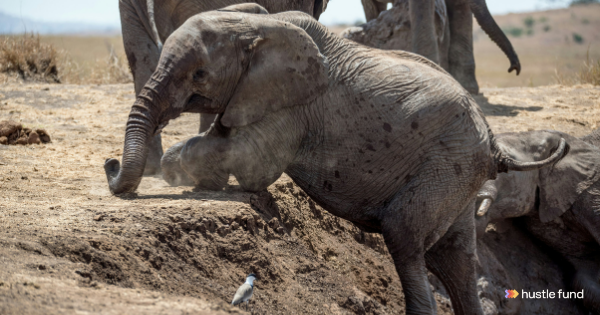How to Write Follow-up Emails That Work
You just finished writing the perfect cold email to your top prospects.
- You chose an engaging subject line.
- You reread your message over and over for spelling mistakes.
- You finally hit send. You pump your fist to celebrate. You did it!!
But wait… a week has passed and no one has responded.
Do they hate your product? Even worse, do they hate you?

If you’re like me, you’ve probably gone through this spiral before.
While it’s possible that the person you emailed isn’t interested in your product, the most likely scenario is that working professionals are simply busy.
Lucky for us, a well-timed follow-up email can often get better response rates than the initial email!
Show me the data!
A study from Iko System saw an 18% response rate to the first follow-up email they sent, including a massive 27% response rate on their sixth email.

A similar study from Yesware saw a 30% reply rate to the first follow-up email, 18% to the third and 7% on the tenth message.

The data is clear: if you don’t get a response, it’s worth the effort of following up.
But how do you do this without being annoying?
Let’s talk about it.
Elements of a great follow-up email
Keep it short and casual
The goal of the follow-up email is to get a response to your initial ask. You don’t need to re-state your initial message, assuming your initial message included the basic information about the problem you can help them solve.
Make it easy to respond
It doesn’t matter whether you are scheduling a sales call or asking for press. Give them simple options to make replying back super easy. Examples below. 👇
Give them space, but not too much
The vast majority of emails are opened the day they’re sent. So if someone doesn’t reply the day you send your original email, they’re probably not going to reply at all. As a general rule, follow up ~3 days after sending your initial message.
Examples of good follow-up emails
Example #1: Give a compliment and add value
Hey [Name],
I saw on Twitter you’ve been sharing some awesome posts on conversion rate optimization.
I just recently spotted these two super helpful posts and just wanted to share them with you:
- [Link 1]
- [Link 2]
Would also be happy to share a little about our conversion rates at Sumo if you’re up for it?
Cheers,
Your Name
Template from Sean Bestor at Sumo, with slight edits from us.
Why: You throw in a genuine compliment. You share content that they would actually be interested in. You end the email with a simple yes/no question. This works because it’s short, provides value, and comes off as conversational instead of being salesy.
Example #2: Get to the point
Hi (NAME),
Or should I say…

I realize my last email may have gotten buried in your inbox, so I’m following up to let you know why I’m bugging you:
- I think you have [this problem]
- It’s literally my job to help with that problem
- I think I can save you $X a month
Are you up for a call next week to discuss? I promise to only take 10 minutes of your time.
Hope to hear from you!
Your name
Template from us at Hustle Fund!
Why: You know their time is valuable. Why not get straight to the point? This message establishes your intention to help solve their problem while still being personable and human. The best of both worlds!
Example #3: Hit me back with a number
Hi [Name],
I’m guessing you're super busy this week. Could you please hit me back with a number 1-2-3 that best describes your response?
- Please leave me alone!
- Too busy, email me again in a month, please.
- I’ll write you back in a week.
Best,
Your Name
Template from Piotr Zaniewicz at Right Hello, with slight edits from us.
Why: You’d ideally use this message if they don’t respond to your first few follow-ups. This works because it’s super easy to respond to. Plus their reply lets you know immediately how interested (or uninterested) they are.
So what’s the takeaway?
People are busy and are unable to respond to your emails sometimes, even when they are interested.
Remember, Hustle Fund co-founder Eric Bahn once sent ~37 follow-up emails to a potential investor without getting even one response… and it worked.
So don’t give up!
Talk soon,
Kera from Hustle Fund
PS: If you’d like more examples of follow-up emails, you may like this article from entrepreneur and marketer Sujan Patel.











